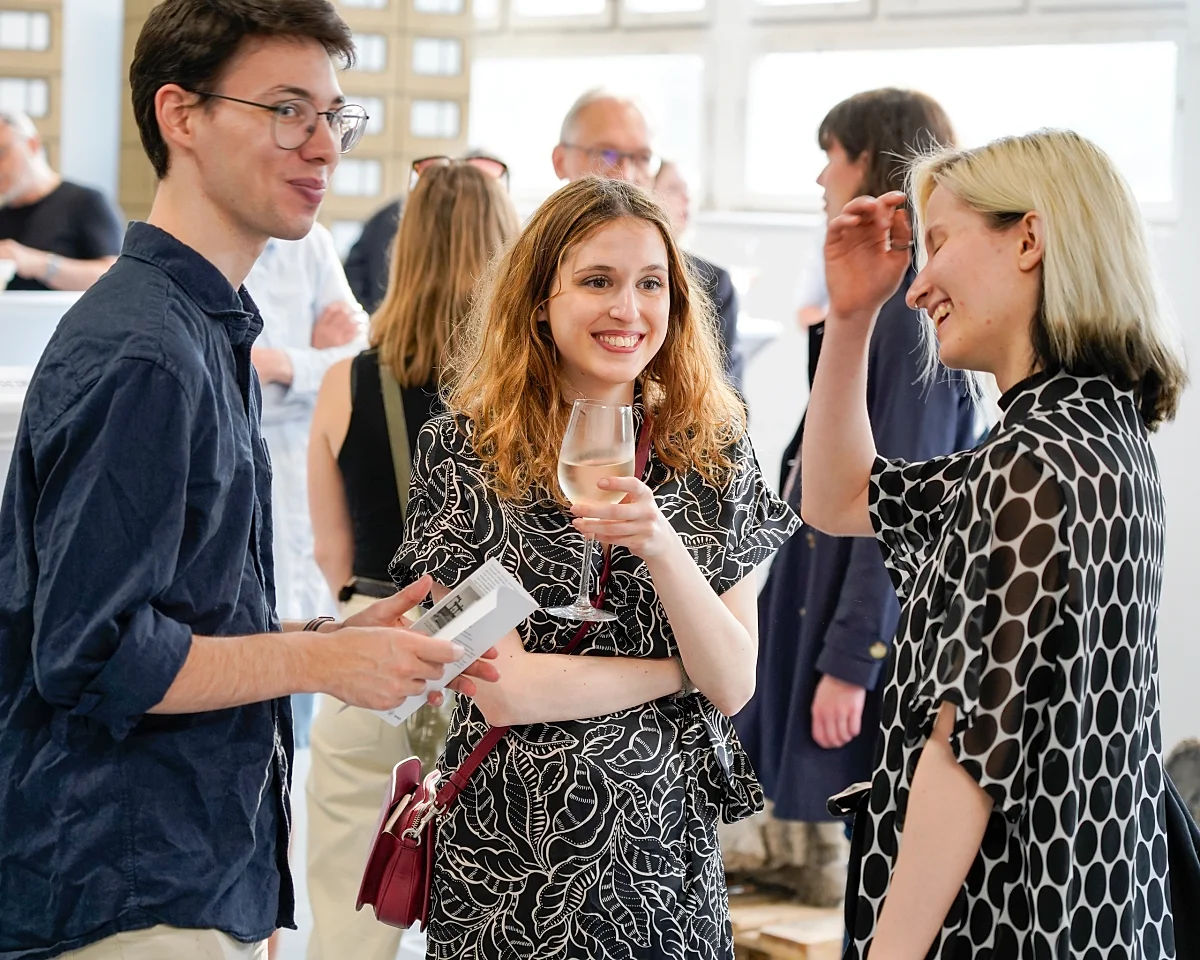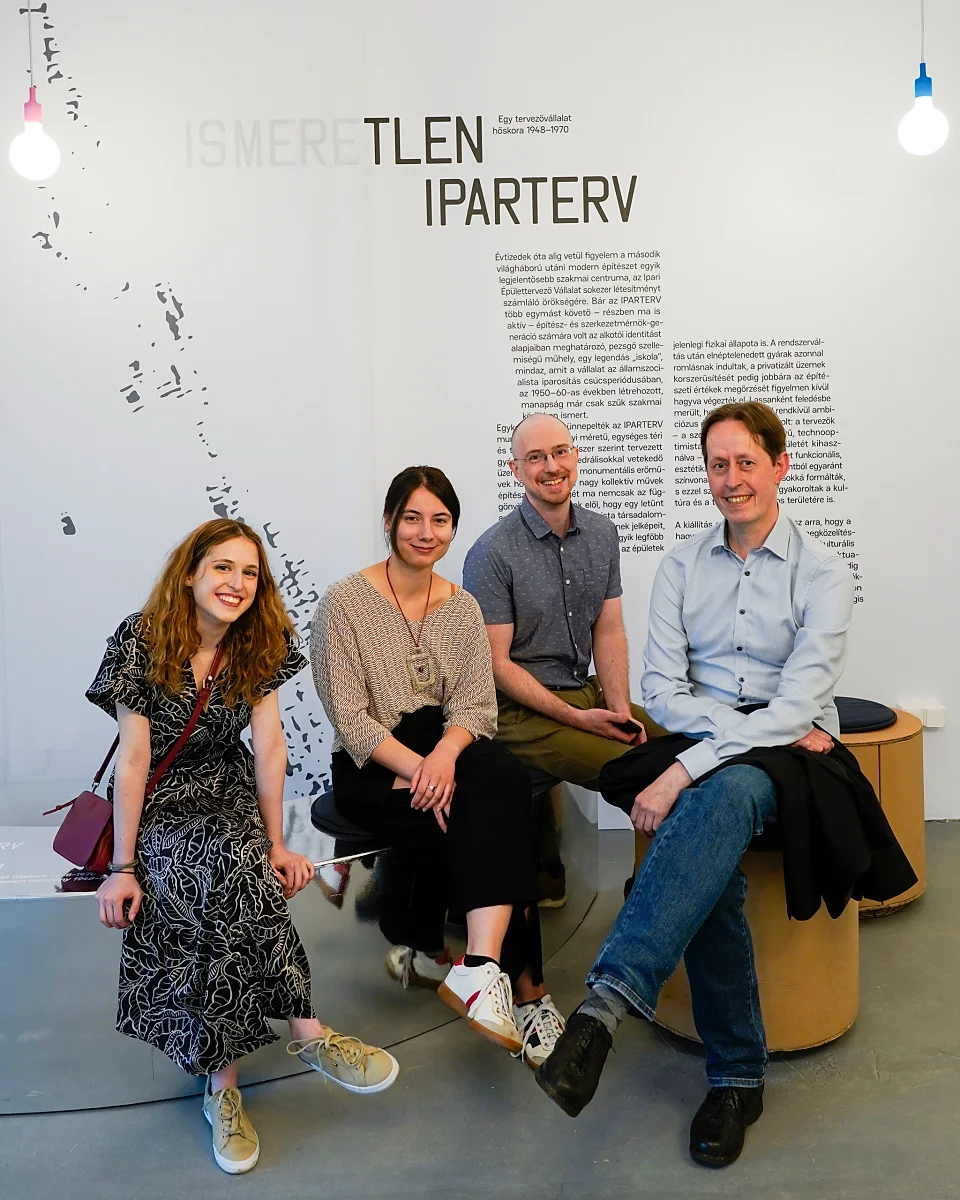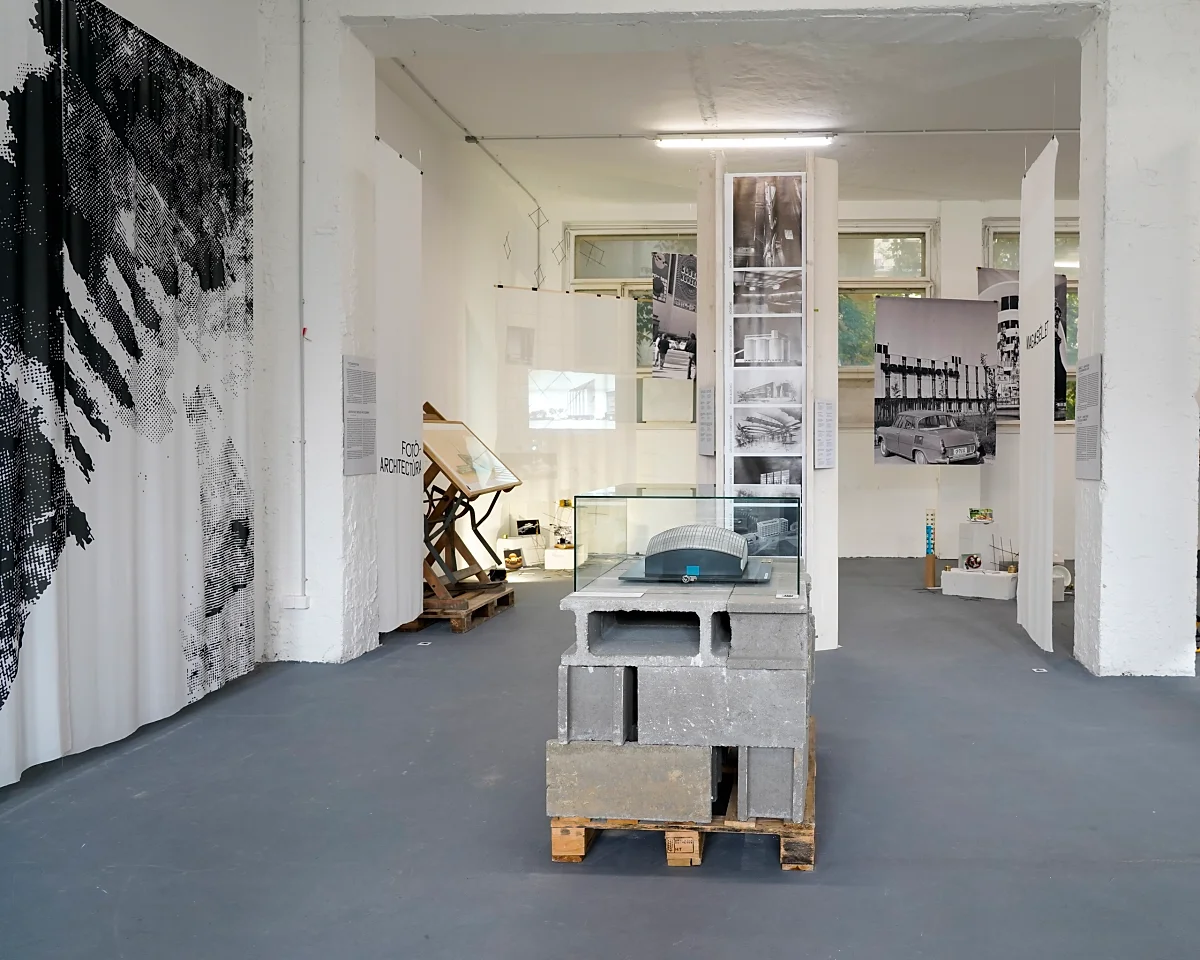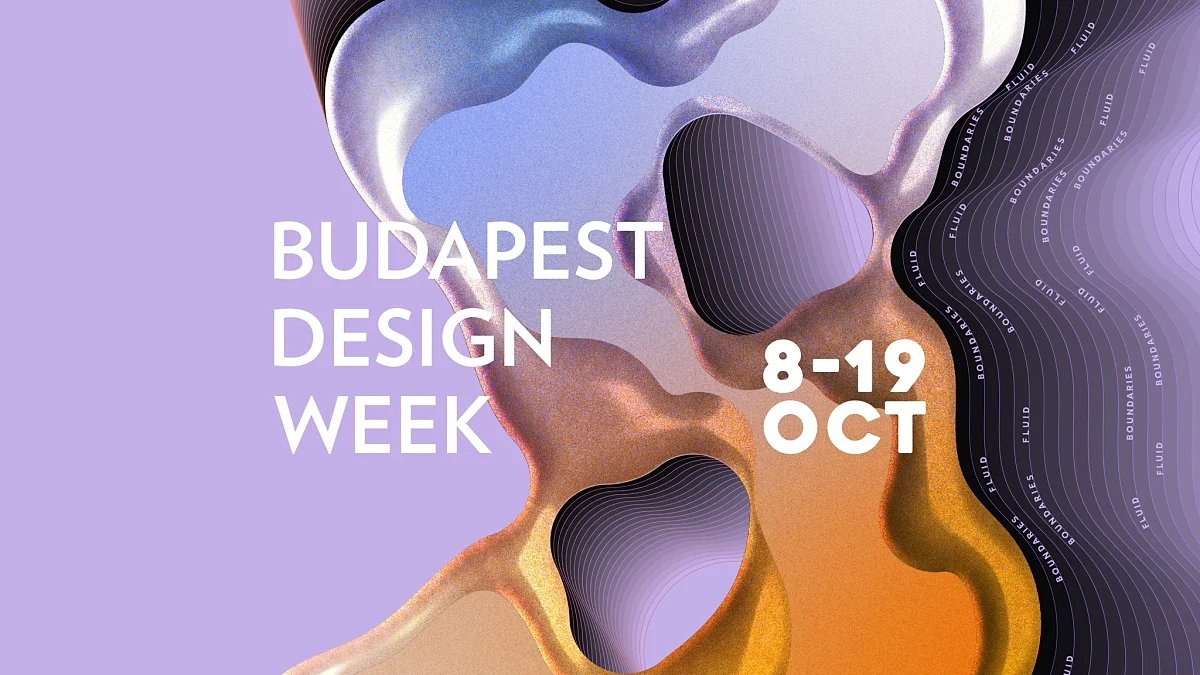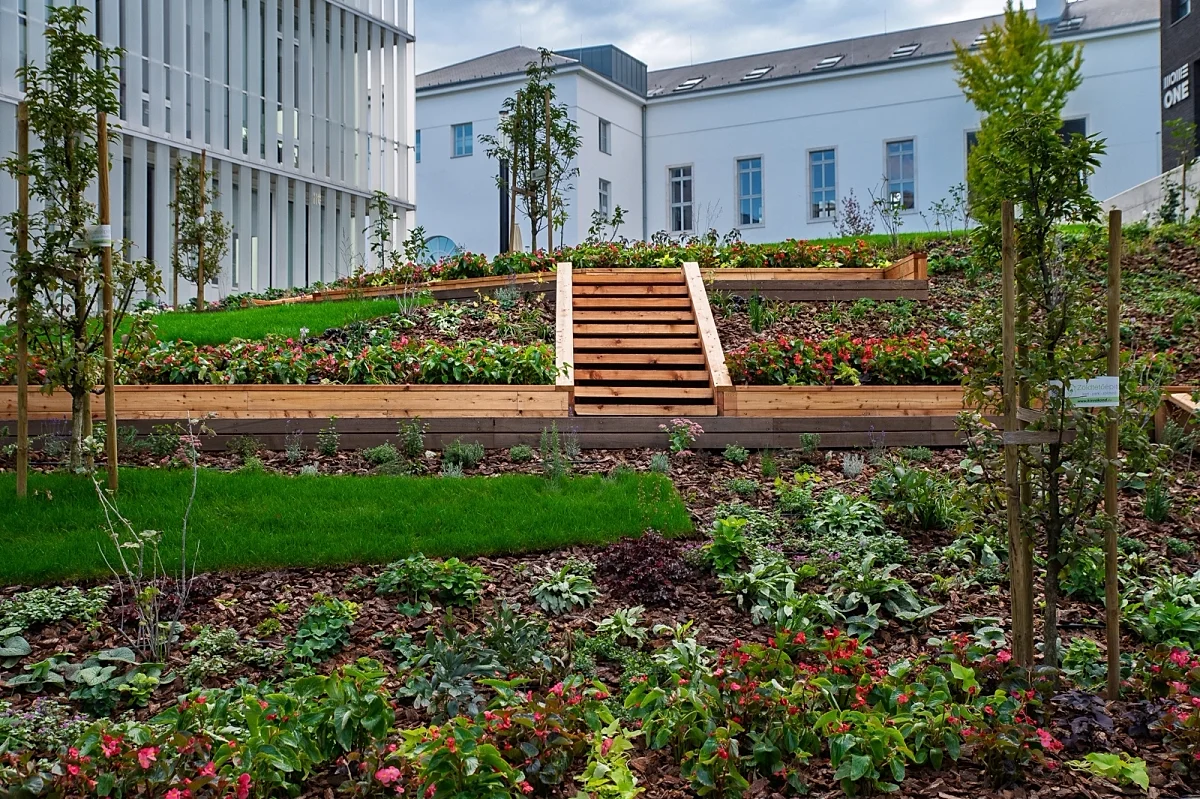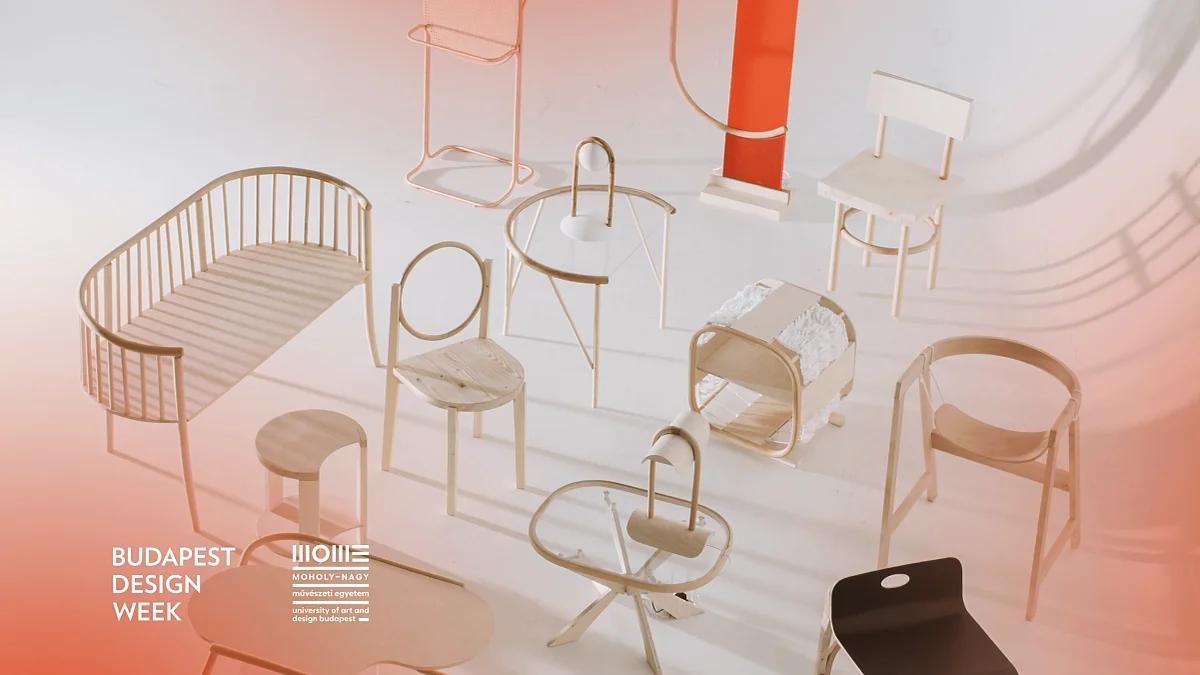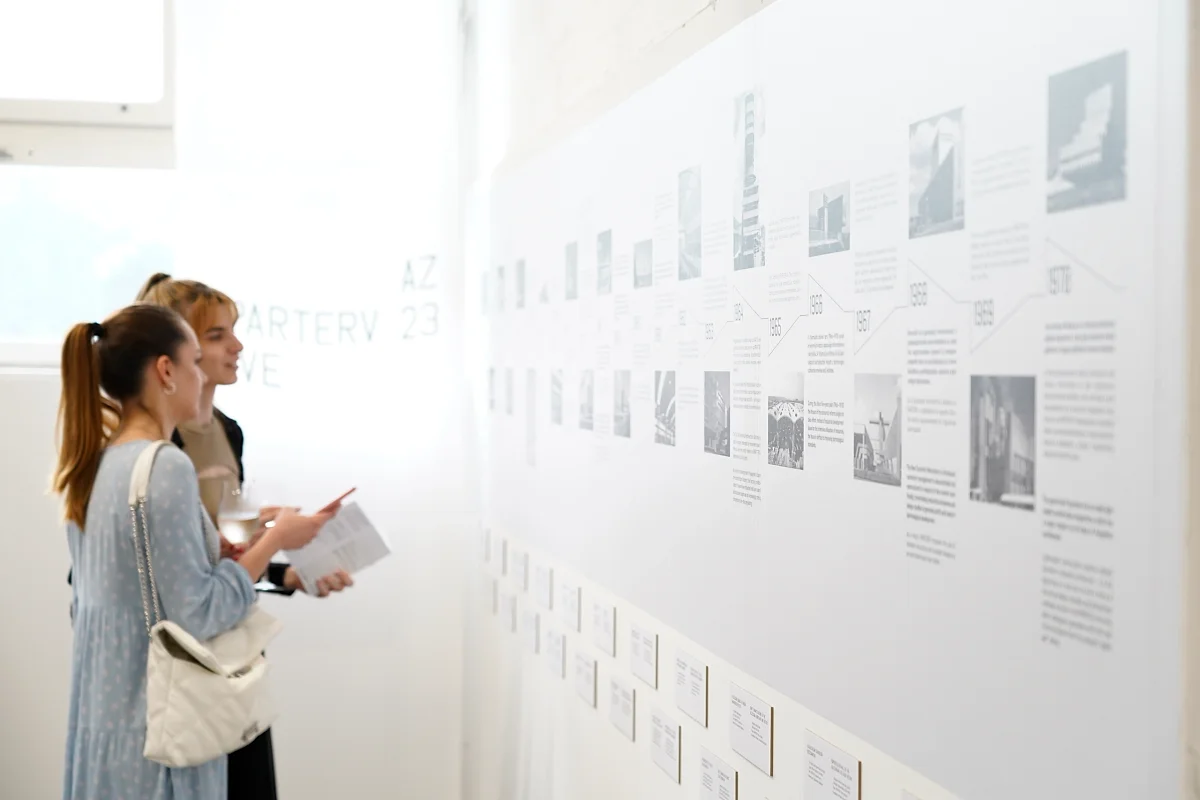
“A new and fresh chapter of processing and presenting our architectural legacy can finally begin”
The activities of of the most significant professional hubs of post-war modern architecture, the Industrial Architecture Design Company (Hungarian abbreviation: IPARTERV) and the buildings designed in the 50s and 60s by it will be showcased by the Unknown IPARTERV exhibition organised in collaboration by students of the Design Curator specialisation of the Design Theory MA programme and the Hungarian Museum of Architecture.
How can architecture be presented in a museum setting? This is a question the Hungarian Museum of Architecture and Monument Protection Documentation Center is attempting to answer with its impressive exhibition venue opened in 2022 at the former Rózsi Walter villa, and engage university teachers, students, architects, and creative professionals in the collective reflection. The first step in the process is the exhibition opened in the pop-up exhibition space on the ground floor in Building 6 of the former BM Hospital organised by MOME’s Design Curator students with the title Unknown IPARTERV – The Halcion Days of a Design Company 1948–1970. Prior to that, Design Curator students completed two exhibition organisation courses together with Architecture and Graphic Design students, starting the preparations for the exhibition in the previous semester.
Open between 9 June and 16 July, the exhibition is designed to help explore and present the activities of IPARTERV, one of the most significant professional hubs of post-war modern architecture, as the buildings designed in the 50s and 60s are only known to and appreciated by a narrow professional circle. In a partial departure from conventional architectural history, the exhibition attempts to highlight the significance of IPARTERV’s legacy that remained shrouded in obscurity until now, as well as socio-cultural correlations through today’s current issues. It also reflects on today’s values that are increasingly coming to the forefront through current reuse attempts.
The complex approach brought by MOME Design Curator students to the analysis and interpretation of IPARTERV’s designs were identified as the core value of the exhibition by architectural historian Gergely Hartmann in his speech. “If this is direction the Hungarian Museum of Architecture is taking in the future, a new and fresh chapter of processing and presenting our architectural legacy can finally begin”, he said.
